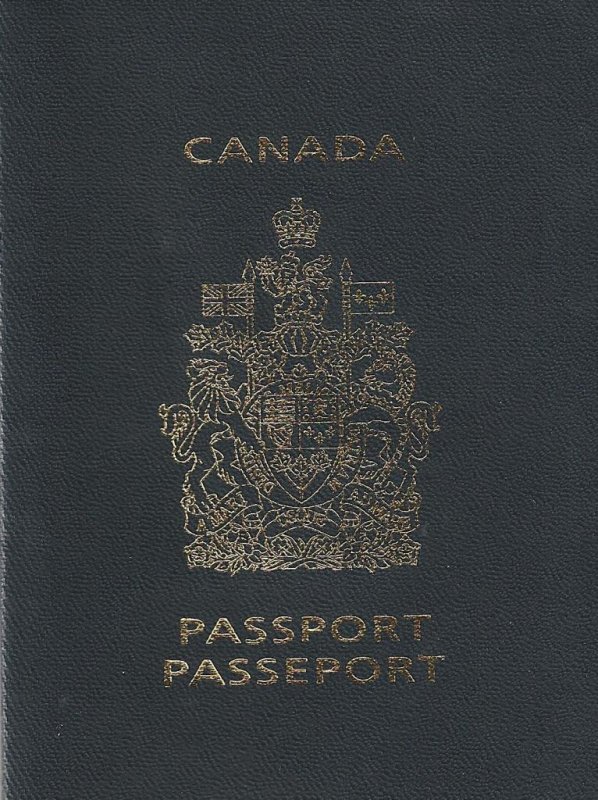Aug. 26 (UPI) -- Beginning this coming Thursday, Canadian passport holders will have a third option for identifying their gender: "M" for male, "F" for female or "X" for unspecified.
Canadian officials said the change is meant to offer transgender individuals the option of more accurately describing their gender identity without being forced to identify as their birth gender.















